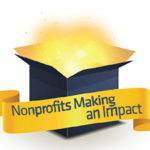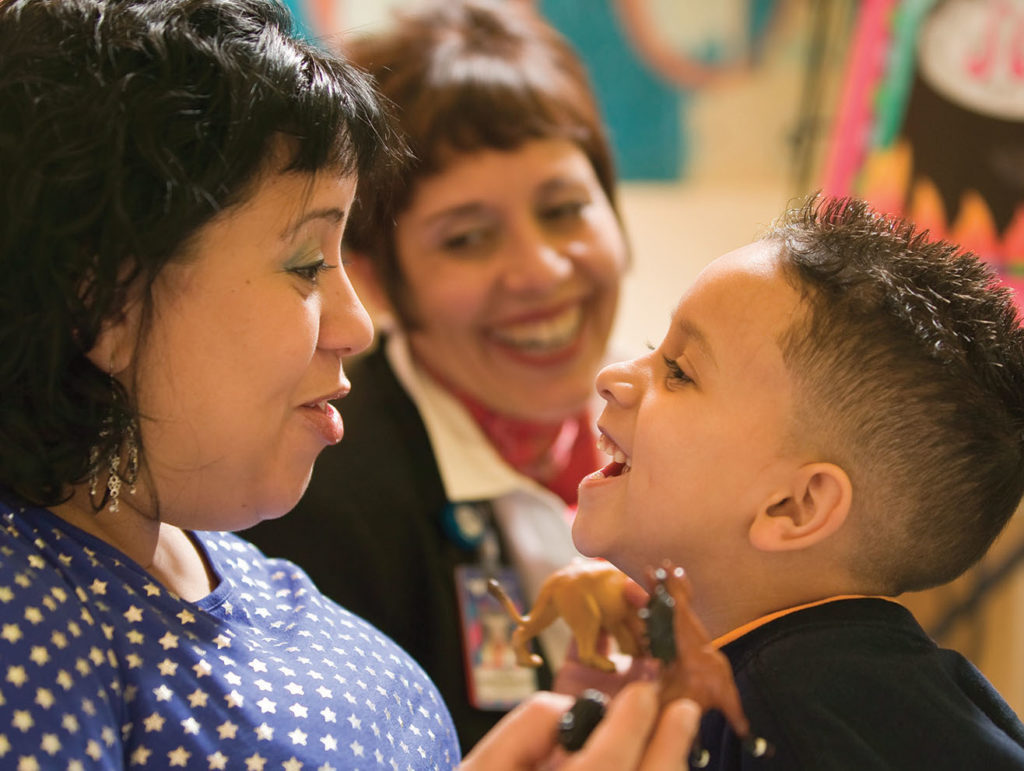
Children in foster care are almost three times as likely to be involved in the juvenile justice system and nearly four times as likely to be in special education compared to children living with their parents. Often, these kids have overlapping risk factors such as poverty, behavioral and learning problems, abuse and neglect—all of which leads to lower academic achievement and higher dropout rates. While social workers in public agencies can help, they often don’t have the resources or time to coordinate the services these children and their families need. Here we profile an organization that provides in-home mental health care to families facing multiple challenges such as poverty, homelessness, domestic violence, and parental depression.

What It Does
This home visitation family therapy program serves families with children under 6 years of age at risk for involvement in Child Protective Services (CPS). With 15 affiliated sites in Connecticut, five in North Carolina, and three in Florida, Child First assists as many as 90 families per site by combining therapy with case management. Each family is teamed with a Mental Health/Developmental Clinician (who provides therapy and parental skill-building), and a Care Coordinator (who helps the family access other services they need, like transportation, housing assistance, healthcare, and child care).
Through therapy, Child First helps families understand the causes of negative behaviors and teaches positive responses, like managing anger, being nurturing and responsive, and getting the most out of play. Through care coordinators, Child First helps reduce the stress that comes from deep poverty and lack of resources. To make sure clients have access to (and can afford) the services they need, Child First coordinates funding with state agencies, especially Medicaid.
How Effective Is It
Children in Child First were 68% less likely than a randomly-assigned control group to have the kinds of language delays that might put them in special education, and were 42% less likely to have behavior problems like ADHD or aggression. Compared to mothers in the control group, Child First moms reported 64% fewer mental health problems, making them more able to care for their children. Perhaps most impressive: After three years, the percentage of Child First families still involved with CPS dropped substantially from 45% to 27%.
It costs about $8,000 per family to provide the intervention, not including funds contributed by the state. Given this success rate, we estimate that, in total, it costs about $44,000 for Child First to keep families out of CPS for three years. While that may seem high, it’s nearly half of the $86,000 it costs society to provide case management to a family in CPS for three years.
How You Can Help
Child First relies on philanthropy for expenses not covered by public funds including training, consultation, data collection, and evaluation. Overall, philanthropy makes up about 20% of the organization’s budget. A donation of $150 provides 30 hours of training for a staff member. To donate any amount, visit http://www.childfirst.org/donate.
Donors interested in helping the program expand to new areas can help fund start-up costs. More information about new sites can be found at: http://www.childfirst.org/our-network/funding-replication.
Personalize This Project
If Child First is not in your area, there are other ways to support children and families with multiple, overlapping risk factors. Youth Villages, which focuses on adolescents, offers a suite of services to children and families involved with CPS including residential placement and support for foster parents. Its YVLifeSet program helps youth aging out of foster care to successfully transition into adulthood.
